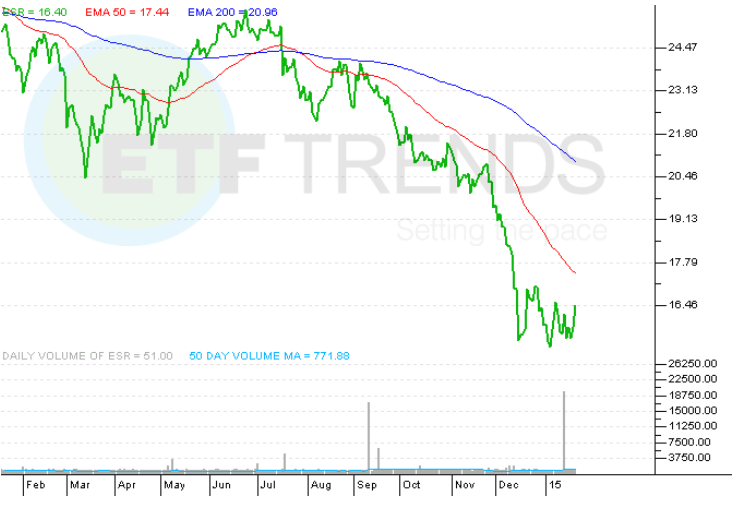A Look at the iShares Core EM ETF iShares MSCI Chile Index Fund ETF (ETF ECH) iShares MSCI
Post on: 27 Май, 2015 No Comment

The widely anticipated iShares suite of core ETFs debuted today, marking the first overt effort by the world’s largest ETF sponsor to compete with rival Vanguard for the hearts (and assets) of cost-conscious, buy-and-hold investors.
As was noted when iShares unveiled the 10-ETF core suite, comprised of four new and six existing funds, the popular iShares MSCI Emerging Markets Index Fund (NYSE: EEM ) will remain as is.
With an expense ratio of 0.67 percent, EEM lost a battle for assets to its Vanguard equivalent, but EEM is still popular with institutions that use the ETF for tactical strategies. In other words, there was no good reason for iShares to tinker with the $38.1 billion EEM, but there certainly is a good reason (investor assets) to introduce a cheaper rival to the Vanguard MSCI Emerging Markets ETF (NYSE: VWO ).
That rival debuted Monday in the form of the iShares MSCI Core Emerging Markets ETF (NYSE: IEMG). With an expense ratio of 0.18 percent, the iShares MSCI Core Emerging Markets ETF slightly undercuts VWO, which charges 0.2 percent per year. Whether or not Vanguard responds with a fee cut on VWO remains to be seen, but that is a legitimate possibility .
Cost is not the only noticeable difference between EEM and IEMG. The former is home to 832 stocks. The new funds is home to nearly 1,600. EEM’s top-10 holdings account for 16.2 percent of the fund’s weight, but the top-10 holdings in IEMG represent 20.6 percent of that ETF’s weight.
The major differences arguably end there. China, South Korea, Brazil and Taiwan account just over 53 percent of IEMG’s country weight. That quartet represents about 56 percent of EEM’s weight. Other ETFs are also on prominent display as part of IEMG’s lineup as the iShares MSCI India Index Fund (NYSE: INDA ), iShares MSCI Chile Investable Market Index Fund (NYSE: ECH ) and the iShares MSCI India Small Cap Index Fund (BATS: SMIN) are all found among IEMG’s top-20 holdings. In fact, INDA and ECH are the ETF’s largest and third-largest holdings, respectively.
A potential rub exists with IEMG. That being with the ETF tracking an index that is not vastly different than the MSCI Emerging Markets Index, investors trade exposure to higher-flying developing markets such as Thailand, Turkey and Peru for the perceived safety of the likes of South Korea and Taiwan.
IEGM’s posture as conservatively positioned ETF could bring about a scenario where investors need to evaluate the new fund’s merits against the likes of the iShares MSCI Emerging Markets Minimum Volatility Index Fund (NYSE: EEMV ). Just a year old, EEMV has proven wildly successful. accumulating $547.4 million in assets and easily outperforming EEM and VWO along the way.
Whether or not EEMV and IEGM cannibalize one another remains to be seen and there is a reasonable chance that will not happen because the funds are by no means carbon copies of each other. There is one important factor consider, though. EEMV charges just 0.25 percent per year, so the ETF is not much more expensive than IEGM or VWO. If EEMV continues its significant outperformance of EEM and VWO and IEGM cannot rival the low volatility play in terms of returns, EEMV will merit consideration as a best of breed multi-country emerging markets ETF. Perhaps it does right now.
For more on ETFs, click here.
2015 Benzinga.com. Benzinga does not provide investment advice. All rights reserved.














